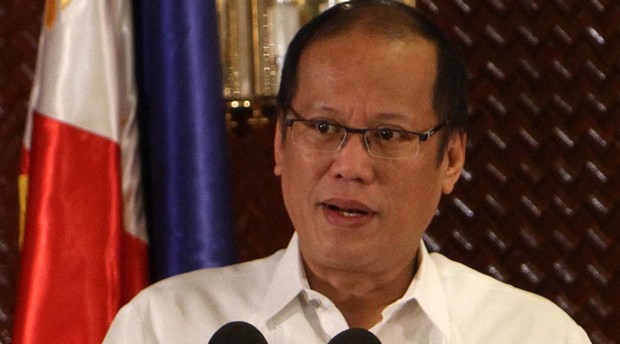President Benigno Aquino III on Friday defended the K to 12 program, saying that the Philippines is ready for its full implementation in 2016 despite the notion that it is only an additional burden to parents, students and educators.
Speaking at the K to 12 event at the Philippine International Convention Center (PICC), Aquino said the program has undergone years of planning and consultation.
“Handa na tayo. Bunga ang K to 12 ng ilang taong pagpaplano’t masusing konsultasyon, kasama ang mga katuwang natin sa sektor ng edukasyon. (We are ready. K-12 is the result of many years of planning and consultation),” Aquino said.
READ: K to 12 lengthens the suffering, increases the burden
The President allayed the fears that K to 12 would be another burden to parents and students.
“Imbes na isiping pabigat ang karagdagang dalawang taon sa paaralan ng ating mga estudyante, ituring po natin itong pagkakataon upang higit nilang mapahusay ang sarili tungo sa pag-abot ng kanilang mga pangarap (Instead of thinking as a burden the additional two years in school, let’s think of this as an opportunity to further educate ourselves in reaching our goals),” he said.
He said the Philippines has been left behind, citing that it is among the three countries in the world with a 10-year basic education program and the only one in Asia.
Aquino cited examples of Filipino workers abroad who found it hard to land a job because some employers prefer graduates who finished a 12-year basic education, adding that some were required to take another two years of education to meet their standards.
“Yun po ay nagiging problema ng ating mga manggagawa. (This has become a problem of our workers),” he said.
With the K-12 program, he said, the country’s educational system would be able to align to international standards.
According to him, students can choose “specialized tracks” whether in academics, technical and vocational education, even in sports and the arts.
“Sa pamamagitan nito, sinisiguro nating may sapat na dunong na ang ating mga kabataan pagka-graduate ng high school upang mas maging produktibong bahagi ng lipunan (Through this, we can assure that students would have enough competencies after gradauting from high school and be able to become productive members of society),” he said.
According to him, there is enough fund allocated in the education sector due to the reforms initiated by the government.
He said the backlogs left by the previous administration are being addressed by the Department of Education.
Despite the fears of many educators that they would be displaced because of the K to 12, he said the government would be needing at least 30,000 teachers for senior high school.
Due to the K to 12, there will be a two-year period wherein there will be no students enrolling in college.
Displaced teachers, he said, have the option to be part of the new teachers for senior high school or take advantage of the two-year gap to study master’s degree.
The President assured that the government would not let the “golden opportunity” to pass.
Despite standing by the program, Education Secretary Bro. Armin Luistro welcomed the opposition to its implementation.
“Walang reporma na walang oposisyon. Ang nakakatakot, ‘yung wala kang boses na naririnig (There is always opposition to reform. What’s scary is when voices of the people are no longer heard),” Luistro said in his speech.
It was in 2013 when Aquino signed the K to 12 program or the Enhanced Basic Education Curriculum.
READ: ‘K to 12’ education now a law
